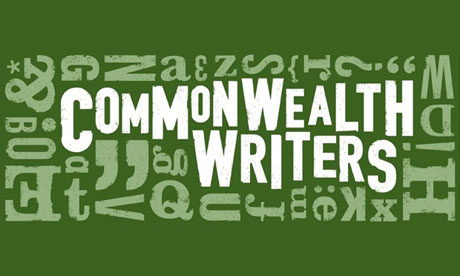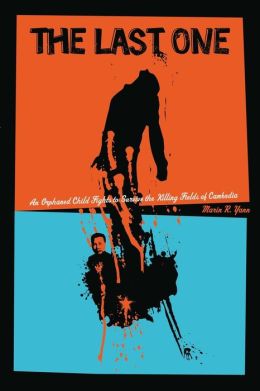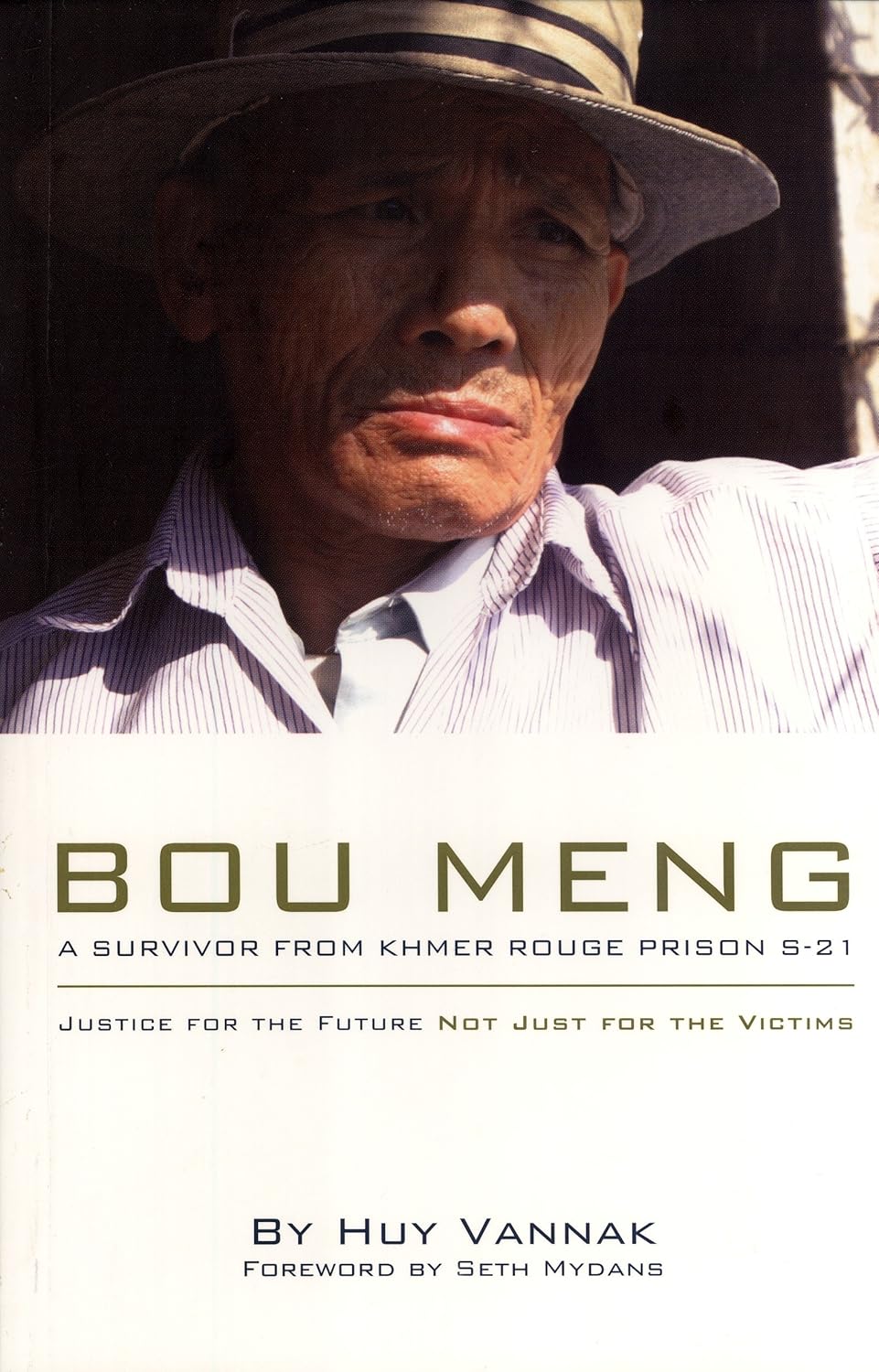 |
Today, the Commonwealth has 54 members and the Commonwealth
Foundation, a UK-based development organisation, works towards a world in which
every person on the planet is able to participate in, and contribute to, the
sustainable development of peaceful and equitable societies.
Commonwealth Writers is a cultural initiative from the
Commonwealth Foundation. Commonwealth Writers both develops the craft of
individual writers and also builds communities of emerging voices, so that,
individually and collectively, writers can work for social change, and
influence, directly and indirectly, the decision-making processes which affect
their lives. Commonwealth Writers wants the writers it
unearths to inspire others, especially in their local communities, and it challenges
selected authors to take part in on-line residencies, and
on-the-ground literary activities.
Commonwealth Writers runs the Commonwealth Short Story
Prize. This aims to identify talented emerging writers and to promote the best new
writing from across the Commonwealth, thus developing literary connections
worldwide.
The Short Story Prize is awarded for the best piece of
unpublished short fiction, of between 2000-5000 words. The language of the
competition is English. Writers can submit stories translated into English from
other languages.
Entries can be submitted from five regions: Africa, Asia,
Canada and Europe, the Caribbean, and the Pacific. The regional divisions are
intended to give writers in countries with poor publishing infrastructure a fairer
chance to compete with those in countries where there are more opportunities.
Within Asia, you are eligible to enter if you are a citizen of one of the
following countries: Bangladesh, Brunei Darussalam, India, Malaysia, Maldives,
Pakistan, Singapore, Sri Lanka,
There will be five winners, one from each region. One
regional winner will be selected as the overall winner. The overall winner will
receive £5,000
(approx US$7,750)
and the remaining four regional winners £2,500 (approx US$3,785). Translators of
winning stories will also receive prize money. If the overall winner is a translation into English, the
translator will receive £2,000 (approx US$3,100).
Translators will receive £1,000 (approx US$1,150) for regional winners.
The 2014 judging panel will be chaired by Ellah Allfrey,
deputy chair of the council of the Caine Prize for African Writing, formerly
deputy editor of the UK-based literary magazine Granta and senior editor at Jonathan Cape, Random House, in
London. She will chair an international judging panel; this will make the final
selection. The regional judges will be announced on 1 October. Experienced
readers will assist the named judges in selecting the long lists.
The 2014 Short Story Prize will open for entry on-line on 1
October 2013 and close on 30 November 2013. Entry will be via www.commonwealthwriters.org
where you can view the eligibility criteria, and the entry rules.
So new Asian writers: Get writing! Tell the world what great stories, and what great storytellers, we have on this continent! If you need inspiration, click about on www.commonwealthwriters.org,
it’s a great website, with a mix of interesting tips and advice, discussion,
and constructively provocative comment.




